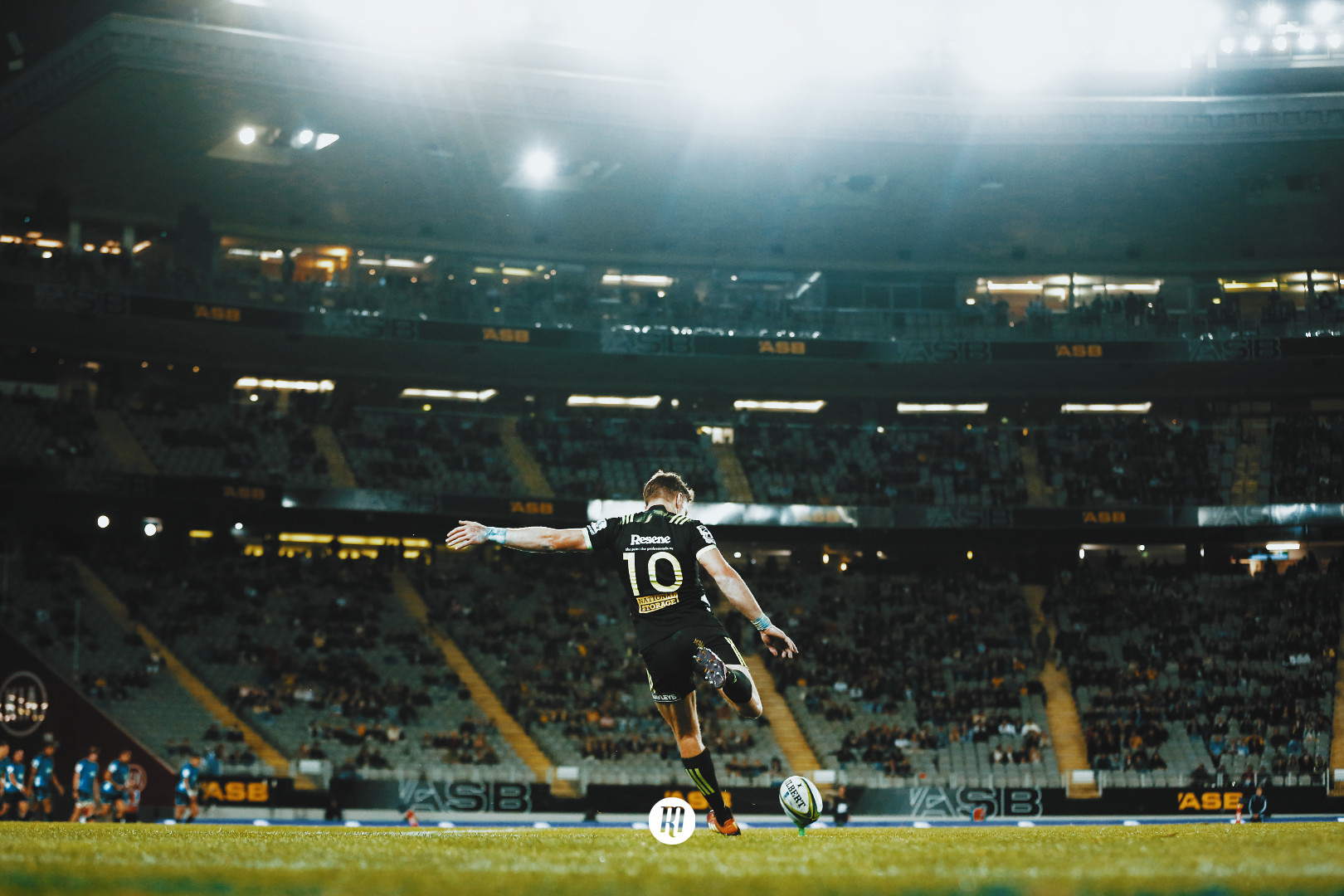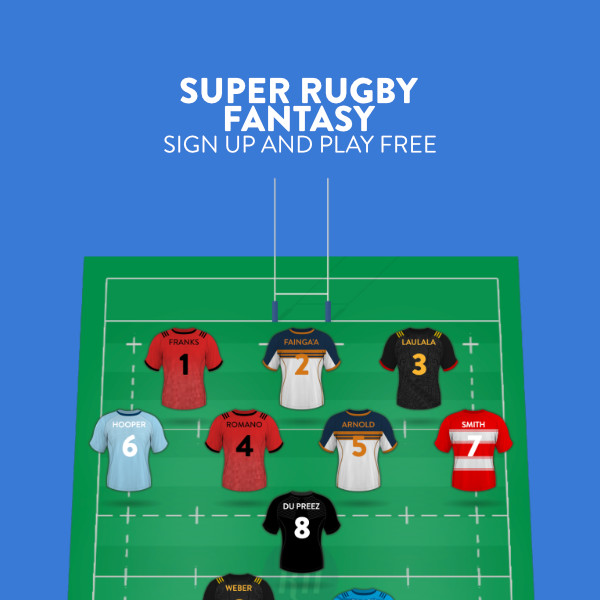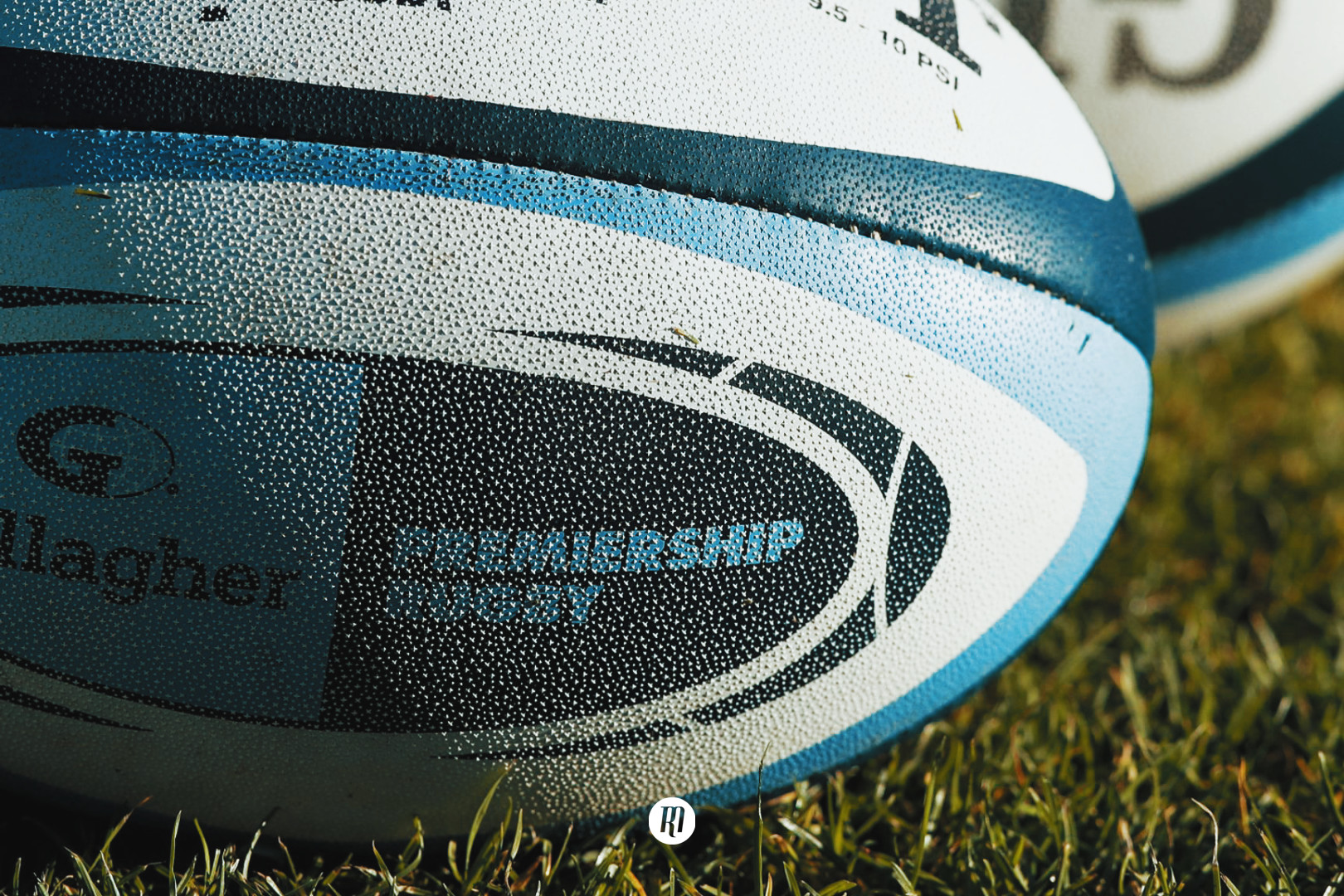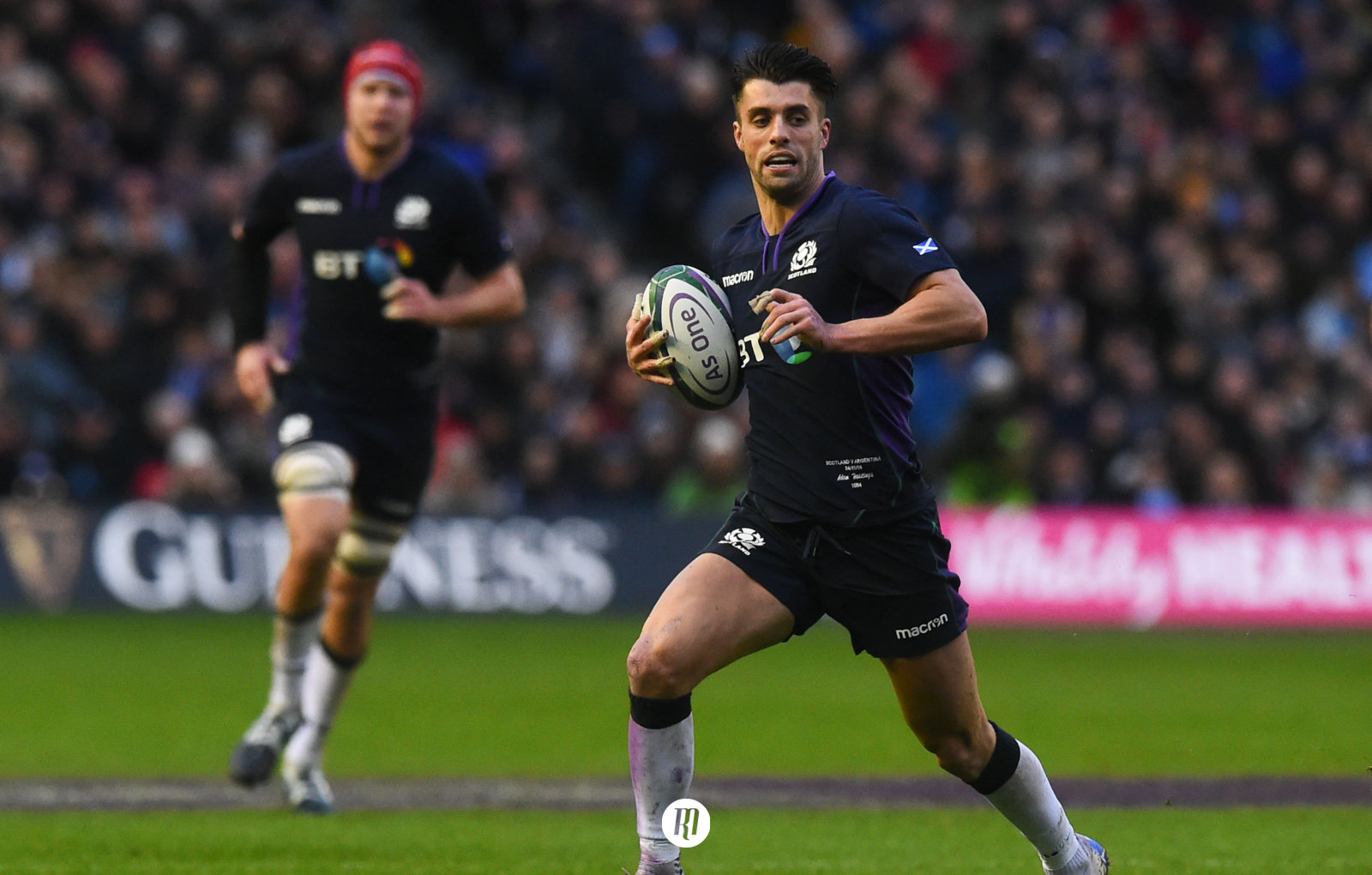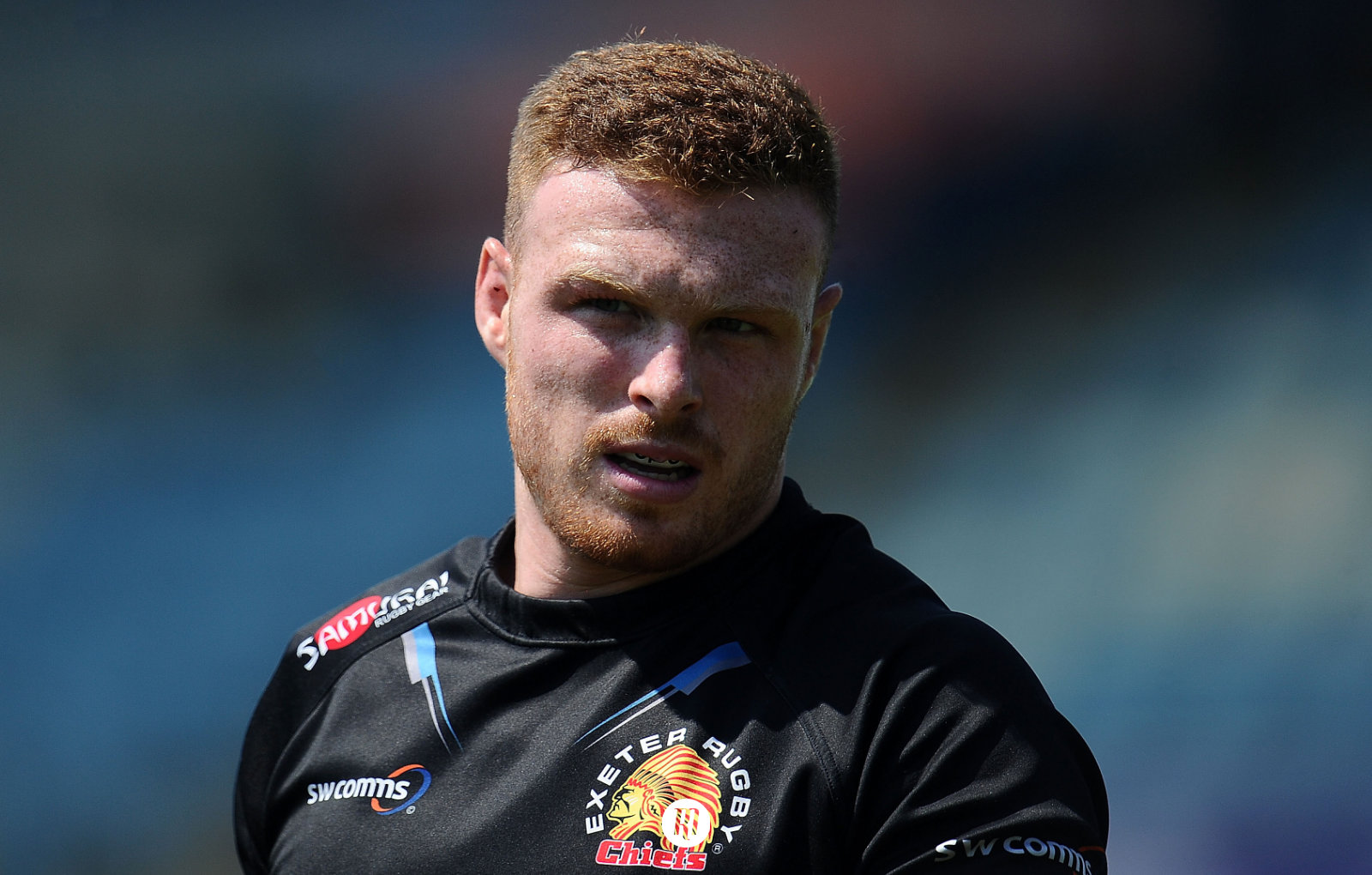The players too big for their teams’ own good
They can produce some of the finest moments in sport and drive a side to heights unachievable without their presence. But, at a certain point, do the world’s best players provide more problems than solutions?
Once the most outrageously consistent attacking team on the planet, the Wellington-based Hurricanes went down (at home) to Argentina’s Jaguares yesterday. While even the best of the best taste defeat from time to time, John Plumtree’s charges simply fell to pieces after making a fast start through a second-minute try for All Blacks blindside Vaea Fifita.
While the Hurricanes have had their ups and downs ever since they were crowned Super Rugby Champions in 2016, many of their worst performances have coincided with the absence of star fly-half Beauden Barrett. The types of fly-half highlight reels were designed for. Without the 73-times-capped All Blacks standoff the Hurricanes seem to flounder in comparison, unable to club together and problem solve, utterly rudderless at times.
This trait is not unique to the Hurricanes. The description of an inability to problem solve and the lack of any obvious rudder, or leader, will have a familiar feel for the Englishmen and women amongst us. Owen Farrell and Danny Cipriani are undoubtedly two of the most talented fly-halves in World Rugby and have left carnage in their wake of absence. Although crucially, it is important to note that this is not a trend that follows solely the players themselves. Sale Sharks and Wasps were close to desolate in Cipriani’s absence, while Johan Ackermann’s Gloucester has coped on the occasion their star player has been unavailable. While England become almost soulless without Farrell, Saracens only go on to greater heights over the years; even with a fullback or a fledgling standoff at fly-half. It is, mostly, the same story for the Hurricanes and New Zealand in Barrett’s situation.
You look over at Boyd’s new team in the East Midlands and even with the regular absence of Dan Biggar, they have ticked over ever since finding their footing on the fresh new surface of Boyd’s and Sam Vesty’s coaching. Mark McCall has Saracens playing like Farrell has been there all season while Steve Hansen has managed to pull inexperienced fly-half (by Test standards) after inexperienced fly-half into the ranks when Barrett has been inaccessible. Without some of the best coaching brains in the game, star players have so regularly become in equal parts disruptive and profitable.
By the very nature of their involvement in the game, this trend most often follows fly-halves, but the likes of Billy Vunipola at number eight for England, Kurtley Beale/Matt Giteau (basically anywhere) for Australia and Fad de Klerk for South Africa stand as prime examples.
There is of course the argument to be made that the nature of the gulf in quality between these stars and the next best players are the telling factors, but it is a coaches responsibility to build a side that is not tilted on its axis in the absence of one player. The team is designed to cope without these men. This can be through identifying and blooding the up and comers, recruitment of a secondary star or just managing the playmaking, carrying or individual spark throughout the rest of the side.
Much like that very big, very expensive looking piece of heavy machinery in the corner of the factor, you probably shouldn’t attempt to engage and reply upon it as your sole source of production before attaining the proper qualification or experience. No one wants to be the guy or gal that lose his or her finger (coaching role) at the hands of the most attractive piece of kit on show.

Filed under:
Gallagher Premiership, Super Rugby, International, England, New Zealand, Hurricanes, Saracens
Written by: Alistair Stokes
Follow: @alistokesrugby · @therugbymag
